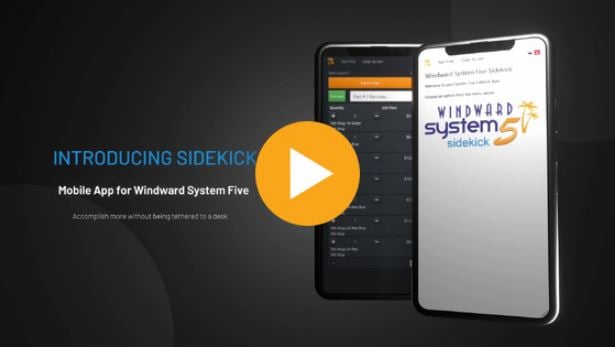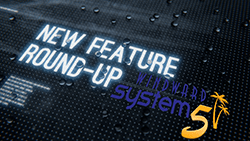Networking Multiple Locations Best Practices
Read the Networking Best Practices as a starting point. Building a network infrastructure for multiple locations may be for several reasons. You may have a second retail establishment, a warehouse, have remote administration requirements or just allow salespeople to remote in from a hotel room or tradeshow.
Who should read this
Your technical IT person will be configuring or maintaining your network. This may be the company you are purchasing your hardware from or the contractor that will get your workstations talking to a server if required.
Concept overview
Normally the database and application will reside at a “head office” server that the remote locations connect into. This connection can be in several forms with Remote Desktop using the RDP protocol being the recommended solution.
- Microsoft Remote Desktop (AKA Terminal Services) (RECOMMENDED with commercial grade internet at head office and remote locations)
- Microsoft remote desktop (NOTE: Requires an un-used workstation on the same LAN as the data for each connection)
Networking principles
- Purchase hardware that is a currently supported Microsoft compatible server.
- Microsoft Small Business (SBS) server does not allow user-based RDP sessions and cannot be used for this purpose. Purchase Standard or Enterprise server editions.
- A VPN network is recommended but not required unless using integrated credit / debit card processing for PCI compliance. DO NOT USE VPN FOR DIRECT DRIVE MAPPING
Review this Microsoft 5-Minute Security Advisor - Basic Physical Security
Printing principles
- There are known issues with printing through terminal services. Printers that serve multiple purposes will sometimes have printer drivers that are not supported.
- The Easy Print printer driver, can causes issues with slip printers and label printers. Use of a third party printing solution such as http://thinprint.com or http://www.terminalworks.com/ can address these issues.
- A Microsoft maximum of 20 printers can be provisioned in a remote desktop session.
A BETTER SOLUTION | |
 | Ideally, if you are planning to run System Five over Remote Desktop, plan on purchasing networkable printers that have built-in network cards. This will allow you to configure your remote locations to connect using a VPN with fixed (static) external IP Addresses. In this manner, all printers look like they are on the same network, and the remote computers will print to them as though they exist on the server's local network. The only driver involved would be the one on the server, so the Microsoft Easy Print Driver will not intercept the print job. This is the most reliable and best way to configure and maintain remote printing. This method would apply to both laser printers and thermal receipt printers. |




